“Star of Greece” author, Paul Simpson says that this large anchor at Semaphore jetty is the swing anchor from the Star of Greece.
The large Trotman anchor at Semaphore jetty
(said to be the swing anchor from the Star of Greece)
(Taken by Steve Reynolds)
“It’s a Trotman anchor,” he says, “she carried two (Trotman anchors) and two admiralty patents (anchors).” When I told Paul that I hadn’t heard about that anchor being from the Star of Greece at all, he gave me several links to Trove, as follows: –
https://trove.nla.gov.au/newspaper/article/237082496?searchTerm=%22Star%20of%20Greece%22%20semaphore&searchLimits=sortby=dateDesc
(These are not in any particular order, such as date-wise.)
These Trove links indicate that the anchor is part of the “Sea Captains’ Memorial”. Money for the memorial had been raised through the Sea Captain’s Memorial Fund around 1950. The anchor had been donated by Messrs. J.Dickson & W.Playfair, ship chandlers from Port Adelaide. The anchor was described as being 10 ½’ in length and weighing between 25 & 30 cwt.
(A ‘cwt’ is a ‘hundredweight’, a unit of measurement for weight. According to Wikipedia, “The hundredweight (abbreviation: cwt), formerly also known as the centum weight or quintal, is an English, imperial, and US customary unit of weight or mass of various values. Its present value continues to differ between the American and imperial systems. The two values are distinguished in American English as the “short” and “long” hundredweight and in British English as the “cental” and the “imperial hundredweight”.
The short hundredweight or cental of 100 lb (45.359237 kg) is used in the US and Canada.
The long or imperial hundredweight of 8 stone (112 lb or 50.802345 kg) is in informal use in the imperial system but its use for trade in the UK was ended by …… the Weights and Measures Act 1985. Under both conventions, there are 20 hundredweight in a ton, producing a “short ton” of 2000 lb and a “long ton” of 2240 lb. Another web page states, “In North America, a hundredweight is equal to 100 pounds and is also known as a short hundredweight. In the United Kingdom, a hundredweight is 112 pounds and is also known as a long hundredweight.” 25-30 cwt could therefore be 25,000 – 33,600 lb (11 – 15 ton).)
There is every suggestion that the anchor came from the wreck of the Star of Greece. There is also a suggestion that some anchor chain from the wreck was used at the Morgan quarry. The Sea Captains’ Memorial was built by the Port Adelaide Council. The memorial, along with the anchor and accompanying plaque, was unveiled by the Port Adelaide Mayor, My HJ Moore in April 1952.
It was originally located just north of the Semaphore jetty, just before the Palais. The Palais had opened in 1922 as the Semaphore Maris Palais Bathing Pavilion. It became the Semaphore Surf Life Saving Club in the 1960s. It later fell into a state of disrepair until it was completely renovated during the mid to late 1990s.
The approximate original location of the Sea Captains’ Memorial at Semaphore
(between the Palais & the water slide)
(Taken by Steve Reynolds)
Back then, it was mounted on a large brick wall similar to one at Largs Bay jetty.
The anchor mounted on a large brick wall
(Taken by Steve Reynolds)
There was a chain fence around the memorial. The two plaques were set in the brick wall.
The memorial was later re-located to its present position closer to the jetty. Here are the two plaques that make up the memorial, in conjunction with the anchor: –
The two plaques that make up the memorial, in conjunction with the anchor
(Taken by Steve Reynolds)
Here is a close-up of the main (descriptive) plaque: –
A close-up of the main (descriptive) plaque
(Taken by Steve Reynolds)
Here is a close-up of the plaque listing the names of the sea captains being remembered: –
A close-up of the plaque listing the names of the sea captains being remembered
(Taken by Steve Reynolds)
This photo shows the author measuring the anchor at Semaphore jetty, under the guidance of The Big Anchor Project: –
The author measuring the anchor at Semaphore jetty, under the guidance of The Big Anchor Project
(Photo courtesy of The Big Anchor Project)
The Trotman anchor was patented in 1852 by John Trotman. Paul Simpson also says that the Trotman anchor down at the Patawalonga at Glenelg is an old mooring anchor, adding, “there are still several down there out past the outer end of the old L-shaped pier.”
The Trotman anchor down at the Patawalonga at Glenelg
(Taken by Steve Reynolds)
When asked about the newly discovered anchor at Edithburgh, Paul Simpson says that it “could be a mooring hook or a slipped cable in a bad blow, depends, though she’s well set so could have been a mooring.”
The newly discovered anchor at Edithburgh
(Photo courtesy of Steve Simmons)
Dan Monceaux found these two anchors inshore of the Glenelg Blocks whilst snorkelling there in January 2014: –
The two anchors found by Dan Monceaux at the Glenelg Blocks
(Taken by Dan Monceaux)
Dan took this close-up photo of the anchor in the foreground: –
One of the two anchors found by Dan Monceaux at the Glenelg Blocks
(Taken by Dan Monceaux)
Dan prepared this aerial map to show the approximate position of the two anchors: –
Aerial map showing the approximate position of the two anchors
(Courtesy of Dan Monceaux)
I, myself, found this anchor whilst snorkelling at Semaphore jetty in 2012: –
Anchor found at Semaphore in 2012
(Taken by Steve Reynolds)
It seems that there are still some previously ‘undiscovered’ anchors still waiting to be found out there!
When we reported the recent discovery of the anchor at Edithburgh, we were contacted by Rick Bullers, who replaced Amer Khan as the Senior Maritime Heritage Officer for Heritage South Australia | Economic and Sustainable Development in the Department of Environment, Water and Natural Resources.
Rick is behind Australia’s newest citizen science project, GIRT Scientific Divers. GIRT Scientific Divers is a call to South Australian divers (+18) who love diving shipwrecks or other underwater cultural heritage sites. The project, supported by the South Australian Maritime Museum and Heritage South Australia, is part of a PhD research project that aims to better the condition of ship wrecks around Australia and New Zealand and the factors driving shipwreck site preservation or deterioration. GIRT Scientific Divers will be conducting a pilot project between July and December 2018.
Interested individuals should email girtscientificdiver@gmail.com . Training will be conducted in South Australia from 23 July to 3 August 2018.

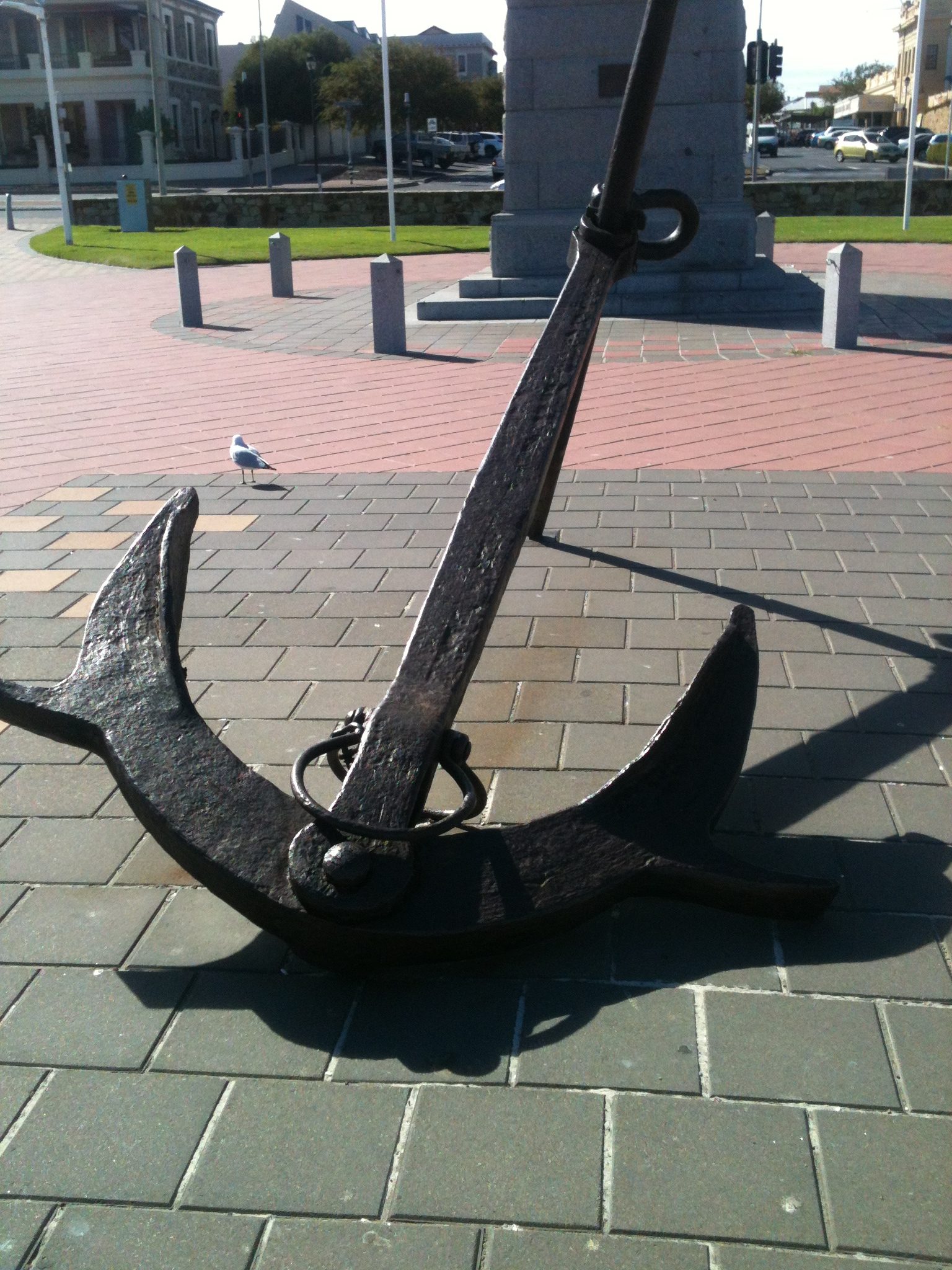
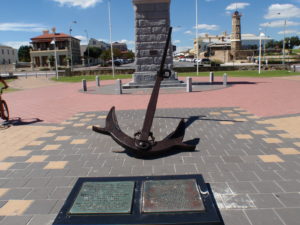
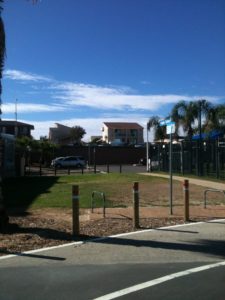
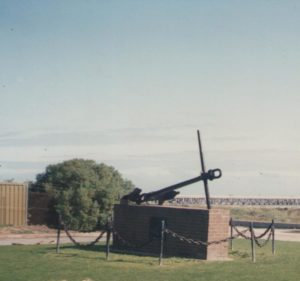
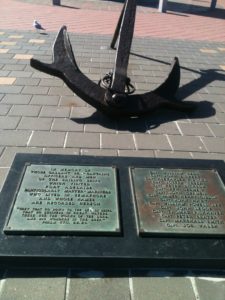
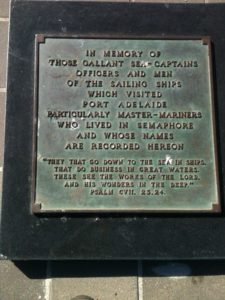
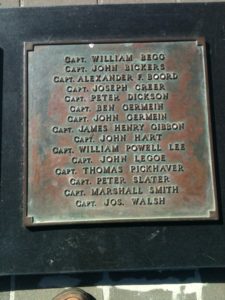
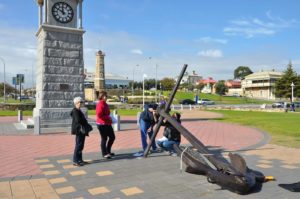
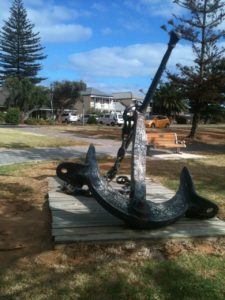
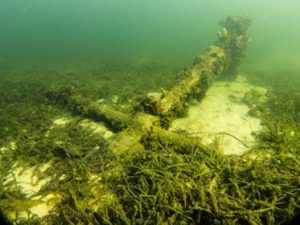
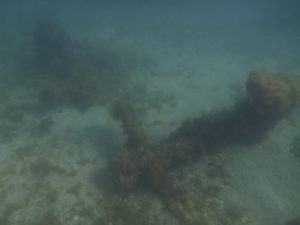
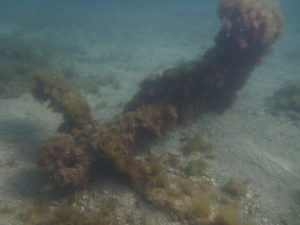
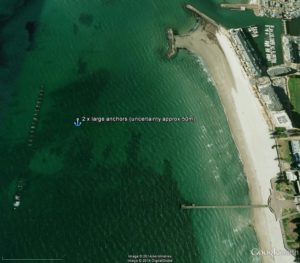
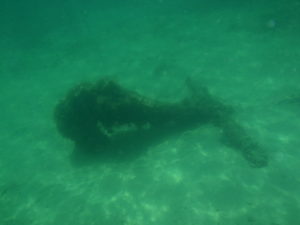
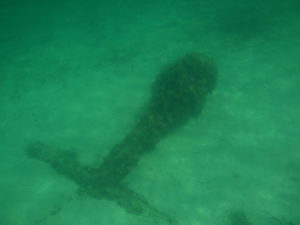
[…] in case you miss it, I have now updated my article Some Anchor Stories after locating this old photo of the Sea Captains’ Memorial at Semaphore: […]
[…] Some Anchor Stories […]